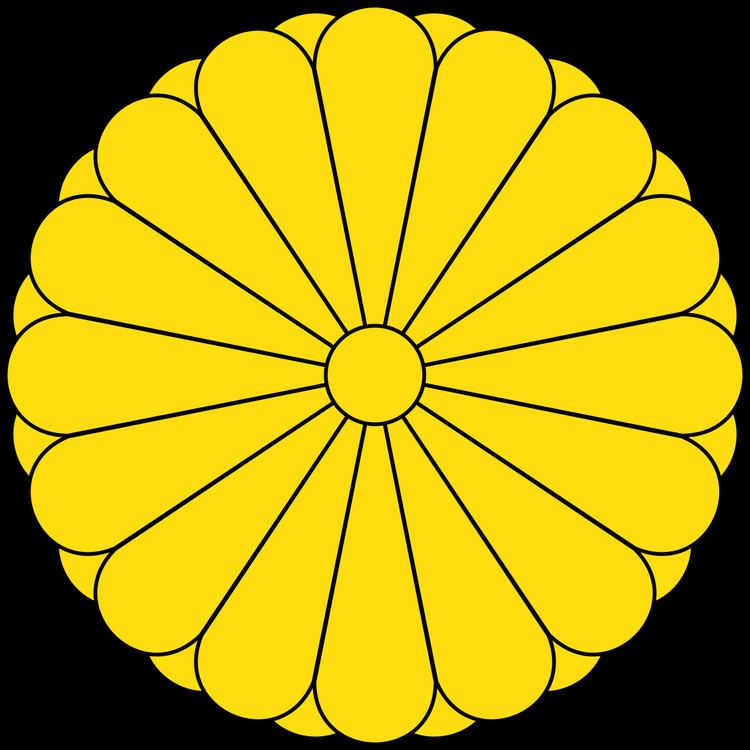Minister of the Right Udaijin Major Counselor Dainagon | Minister of the Left Sadaijin Middle Counselor Chūnagon | |
 | ||
Kugyō (公卿) is the collective term for the very few most powerful men attached to the court of the Emperor of Japan in pre-Meiji eras. The kugyō was broadly divided into two groups: the Kō (公), comprising the Chancellor of the Realm, the Minister of the Left, and the Minister of the Right; and the Kei (卿), comprising the Major Counsellor, the Middle Counsellor, the Court Councillor (参議, Sangi), and members of the Japanese court of the third rank or higher.
As part of the Meiji reforms, a single aristocratic class, the kazoku, was created in 1869 by merging the kuge (the court nobility in Kyoto, of which the kugyō was a part) and the daimyo (the feudal land holders and warriors). In the 1870s, the organizational structure of the court itself was also modernized.
In the period after the Second World War, the kazoku was abolished, as a part of post-war Japanese reforms. The remaining political powers of the Emperor were transferred to the constitutional government of Japan, and the responsibility for state matters concerning the Emperor and the Imperial family was consolidated entirely into the Imperial Household Agency.
